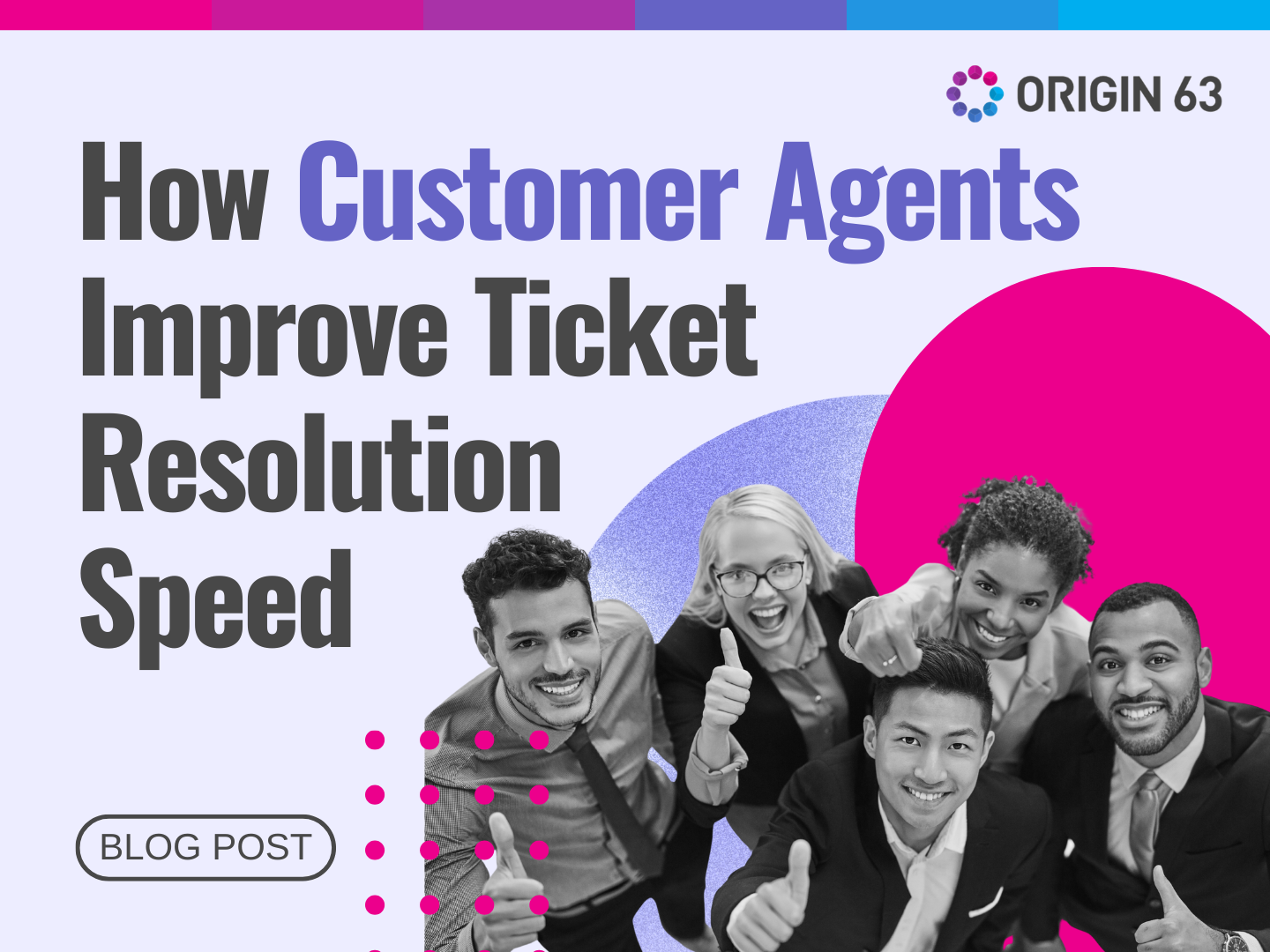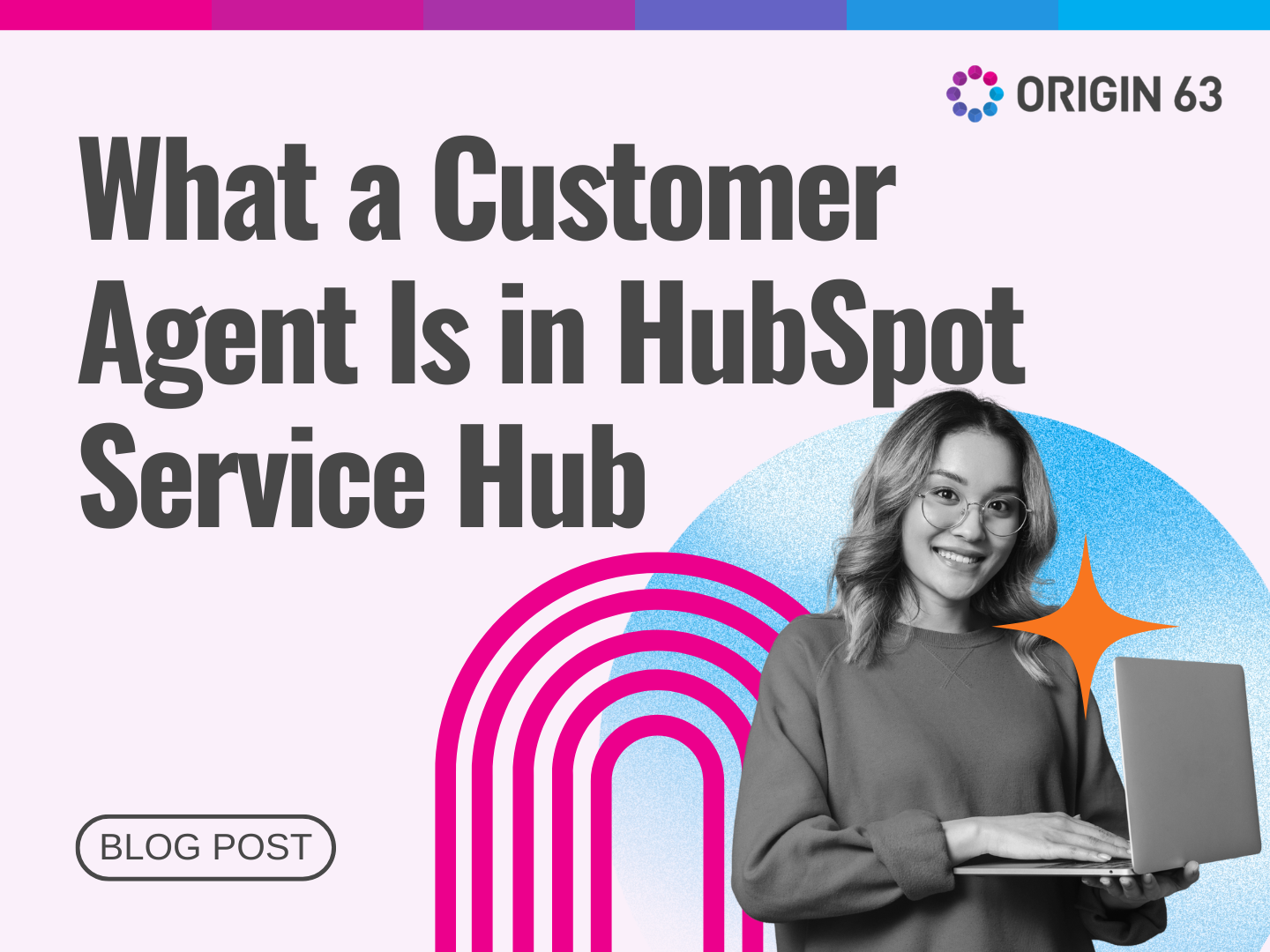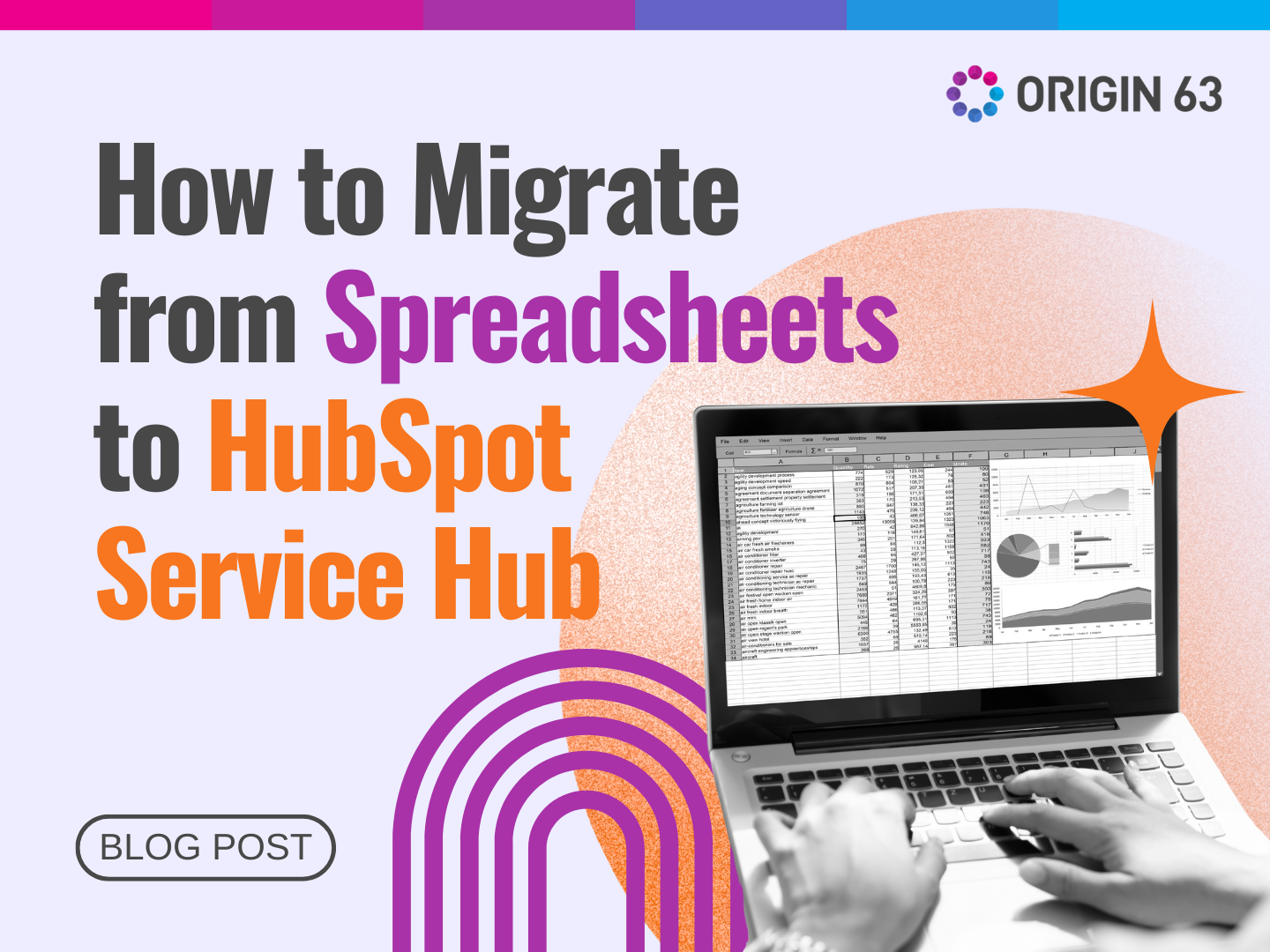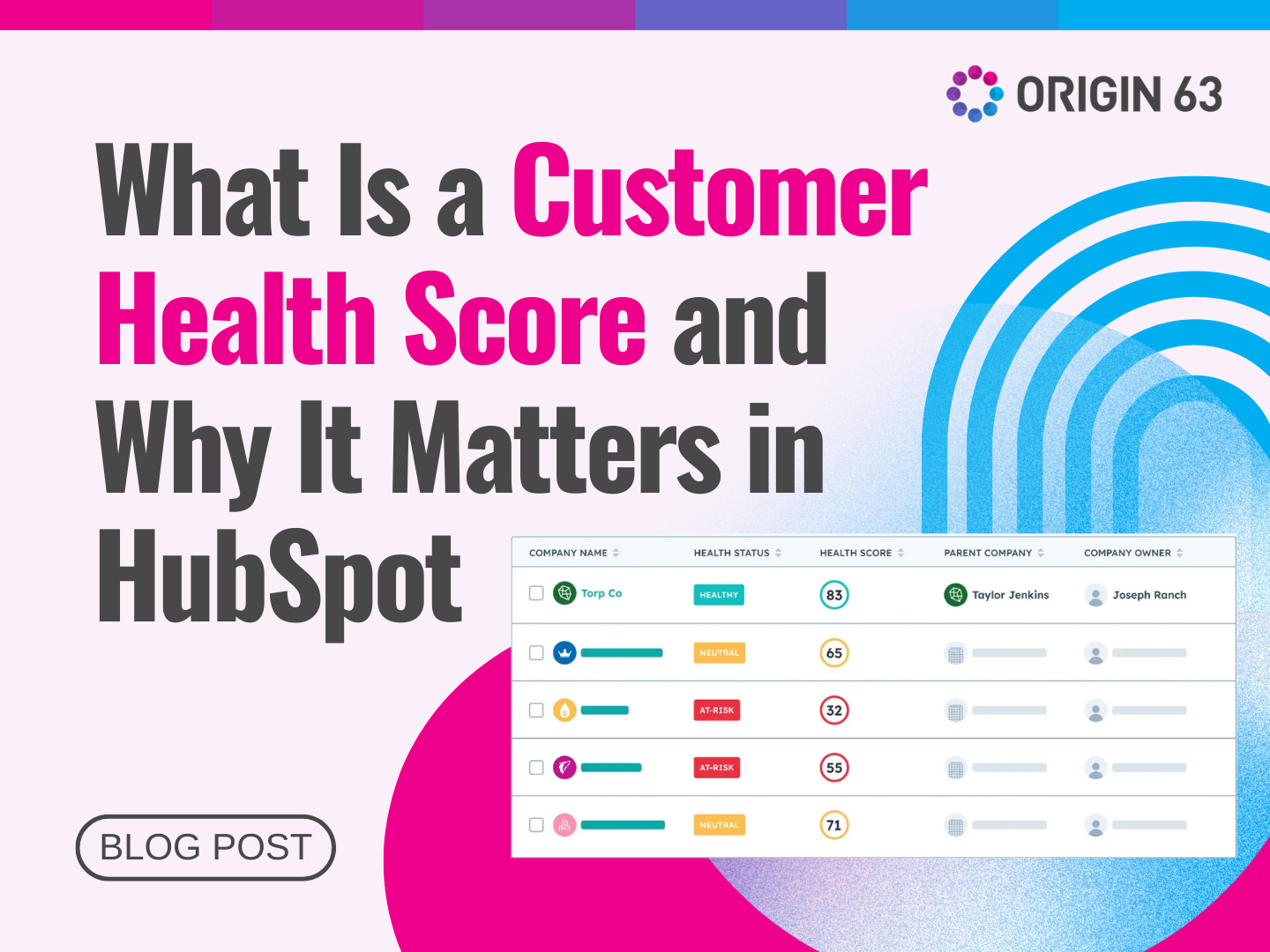If you're looking for new business opportunities, you should understand who is already interested in your offer.
Instead of guessing, you can use buyer intent—a powerful tool in HubSpot that helps you track which companies are visiting your website, what they’re looking at, and how engaged they are.
Analyzing buyer intent helps you identify market opportunities and focus on the right prospects. Here’s how it works.
What is Buyer Intent?

Buyer intent is a way to measure how interested potential customers are in your business. HubSpot’s Buyer Intent tool tracks website visits and matches them to company IP addresses.
This data shows you which companies are actively looking at your solutions. You can also see the exact pages they visit, which helps you understand what they care about. This makes it easier to focus on the companies most likely to become customers.
For example, if a company visits your pricing page several times, it’s a sign that they’re comparing costs and figuring out if your solution fits their budget. Reaching them with helpful information or a personalized offer could encourage them to take the next step.
How Buyer Intent Helps Predict Market Opportunities
Buyer intent doesn’t just help you find leads but lets you see where the market is headed. You can identify trends before your competitors by tracking which industries, company sizes, or locations are showing interest.
1. Identify Your Total Addressable Market (TAM)
HubSpot’s Buyer Intent tool helps you determine your Total Addressable Market (TAM). This is the total number of companies that fit your ideal customer profile—like companies in a specific industry, size, or location.
Once you know who fits this profile, you can track how many companies visit your website and engage with your content.
For example, if your target market is small tech companies in Southeast Asia, you can set this as your criteria in HubSpot.
Then, you’ll see which companies are visiting your website and how often they’re returning. This helps you focus your efforts on businesses that are already showing some level of interest.
2. Find Companies Showing Intent
Not every website visitor is a potential lead. HubSpot lets you filter companies based on their level of interest, helping you focus on those more likely to turn into customers. You can track:
- How many times a company visited your website. A company that visits multiple times is likely more interested than one that only visits once.
- Which pages they viewed. They're probably considering their options if they’re looking at detailed product pages or pricing information.
- How recently they engaged. Companies that visited your site within the last week are likely more interested than those who visited months ago.
For instance, if a company has visited your pricing page several times and also checked out your product features, it’s a good sign that they’re comparing your solution to others. Reaching out with helpful information or a personalized offer can encourage them to move forward.
3. Discover Market Gaps

Buyer intent data also shows you where new demand might be coming from. If you notice that companies from a specific industry or region are visiting your website more often, it could be a sign of an emerging market. This is your chance to explore new opportunities.
Let’s say your business usually targets finance companies, but lately, there’s been an increase in visits from healthcare companies.
This could mean your product is attracting interest from a new sector. Even if you haven’t focused on this industry before, it might be worth creating marketing content or outreach strategies to see if there's real potential there.
4. Improve Sales & Marketing Alignment
Buyer intent helps sales and marketing teams stay on the same page. Both teams can focus their efforts more effectively when they understand which companies are showing interest.
Marketing teams can create content that speaks directly to industries or pain points that are getting the most engagement.
For example, if the data shows that manufacturing companies are viewing product demos, marketing can craft more content highlighting how your product solves problems in that industry.
At the same time, the sales team can prioritize reaching out to these companies, knowing they’re already engaged.
Instead of cold-calling random leads, they can start conversations with businesses that have already shown interest—making the process smoother and more successful.
How to Use Buyer Intent in HubSpot
Understanding which companies are interested helps you prioritize outreach, tailor your messaging, and uncover new segments that could drive business growth.
Once you’ve set up buyer intent tracking, here’s how you can use the data to predict market opportunities:
1. Set Up Target Markets

The first step is defining your ideal customer profile by setting up target markets in HubSpot. This means deciding which types of companies you want to track based on specific criteria like:
- Industry (e.g., software, healthcare, manufacturing)
- Company size (e.g., small businesses, enterprises)
- Location (e.g., Southeast Asia, North America)
For example, if you sell software solutions for small businesses in the finance sector, you can set up a target market that tracks only companies fitting that description. This keeps the data relevant and helps you focus on leads that match your business goals.
Be as specific as possible with your target markets. The more focused your criteria are, the better you’ll identify real opportunities. You can adjust the criteria later if you notice trends in other industries or locations.
2. Filter and Analyze Data
Once your target markets are set, it’s time to filter and analyze the data. HubSpot’s buyer intent tool offers several ways to break down company activity, helping you understand which prospects show the most interest.
You can filter companies based on:
- Recent visits. Focus on companies that have visited your site within a certain time frame, like the last 14 days. This helps you prioritize leads that are still warm.
- Intent signals. Look for companies with strong engagement, such as multiple visits or views of high-value pages like product features or pricing.
- Existing CRM records. Identify which visiting companies are already in your CRM, helping you focus on nurturing existing leads while also spotting new ones.
For instance, if a company visited your product page three times in one week, it's a clear sign that they’re considering your solution. On the other hand, if they visited just once and didn’t view any in-depth content, they might not be ready to engage.
Check this data regularly to catch trends early. If you notice a surge in visits from a particular industry, it could signal a growing demand worth exploring.
3. Prioritize High-Intent Leads

Not every visitor is ready to buy, so prioritizing leads that show strong buying signals is essential. These are the leads that have interacted with your business in multiple ways. Here are a few examples of high-intent behaviors to look for:
- Visited high-value pages like pricing information, product demos, or case studies. These pages show deeper interest and often indicate a company is close to deciding.
- Downloaded content such as whitepapers and product guides or signed up for webinars. This shows they’re seeking information about how your product can solve their problem.
- Returned to your website multiple times within a short period. Consistent visits are a sign they’re comparing options and could be ready for a conversation.
If a company has checked out your pricing page, downloaded a product guide, and visited your blog thrice a week, they’re probably weighing their options.
Reaching out with a personalized email that offers more value—like a product demo or special offer—could push them closer to a purchase decision.
Set up automated alerts in HubSpot for these high-intent behaviors so your sales team can respond quickly while the lead is still engaged.
4. Track Market Penetration
To understand how well you’re reaching your target market, use Breeze Intelligence credits in HubSpot to analyze your market penetration. This helps you see which segments you’re succeeding in and where there’s room to grow.
Here’s what you can track:
- Your Total Addressable Market (TAM). This is the complete list of companies that fit your target criteria.
- Engaged companies. See how many of those companies have visited your website and shown interest.
- Companies in your CRM. Check how many of these companies are already nurtured by your sales and marketing teams.
- Untapped opportunities. Identify companies that fit your target profile but haven’t engaged yet. These are the prospects you may want to reach out to with new marketing campaigns.
For example, if your TAM includes 500 companies but only 150 have visited your site, and only 75 are in your CRM, you’ve got a clear picture of where to focus.
The 350 companies that haven’t engaged yet represent untapped market potential. This might be a sign that your current marketing isn’t reaching them—or that you need to tailor your messaging to appeal to their industry.
Review this data regularly to see how your market penetration improves. Adjusting your outreach or trying new marketing strategies could be time-consuming if you're not progressing in specific segments.
Real Business Impact of Using Buyer Intent to Predict Market Opportunities

When businesses understand the demand, they can focus their efforts on the right areas. Buyer intent data shows which companies are interested in your products or services, helping you make smarter decisions and find new chances to grow.
Here are three benefits of using buyer intent to predict market opportunities:
1. Better Conversion Rates
When you know which companies are interested in your products, you can focus on those most likely to buy. This targeted approach can lead to higher conversion rates. 93% of B2B marketers have seen more conversions after using intent data.
2. Faster Sales Process
Understanding buyer intent helps your sales team identify ready-to-buy customers, speeding up the sales process. About 82% of B2B marketers say their sales teams close deals faster using intent data.
3. Improved Teamwork Between Sales and Marketing
When both sales and marketing teams use buyer intent data, they can work together more effectively. This alignment leads to better strategies and results.
Approximately 53% of B2B marketers say their primary goal for using intent data is to improve collaboration between sales and marketing teams.
Start Predicting Better Market Opportunities
Understanding where new business opportunities are coming from is one of the best ways to grow. With HubSpot's buyer intent tool, you can see which companies are visiting your website, what they're interested in, and how engaged they are.
This makes it easier to focus on the right leads, find gaps in the market, and align your sales and marketing teams for better results.
Using buyer intent data helps you make smarter decisions, reach the right prospects faster, and stay ahead of your competitors. The more you understand about who’s interested in your products, the better you can plan your next move.
Work Smarter with Origin 63
Ready to turn buyer intent data into real growth? Partner with Origin 63 to implement HubSpot and use its tools in the most strategic way possible. We'll help you set up, optimize, and make the most of HubSpot’s features, so you can focus on what matters—growing your business.
Let's work together to predict market opportunities and reach the right leads faster.

.png?width=450&height=450&name=Round%20Blog%20Thumbnail%20(54).png)



.png)








.png?width=90&height=90&name=Arrows%20Partner%20Badge-test%20(1).png)

